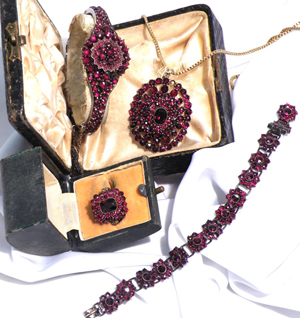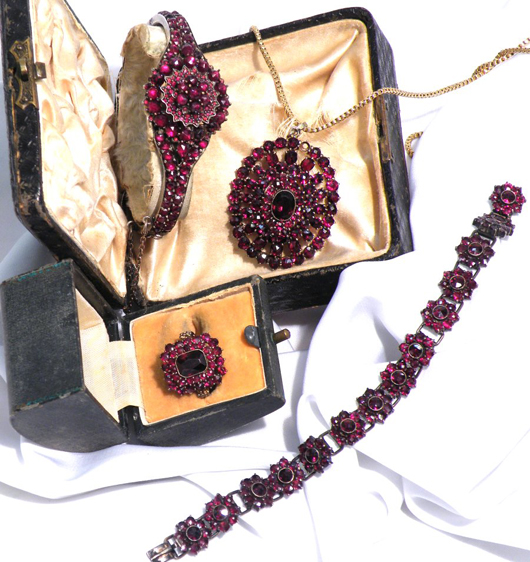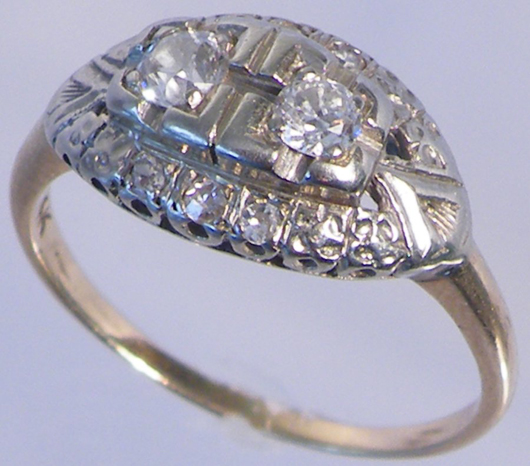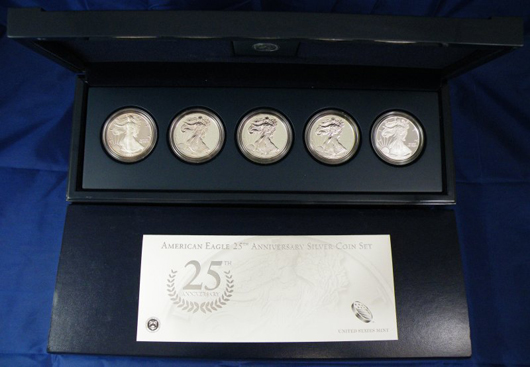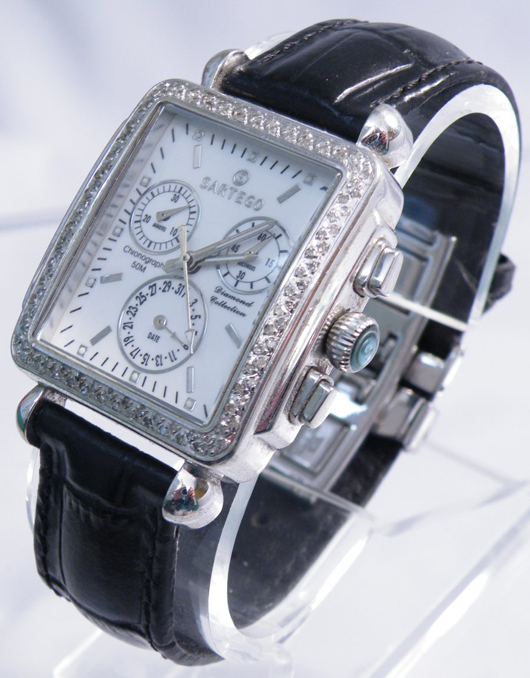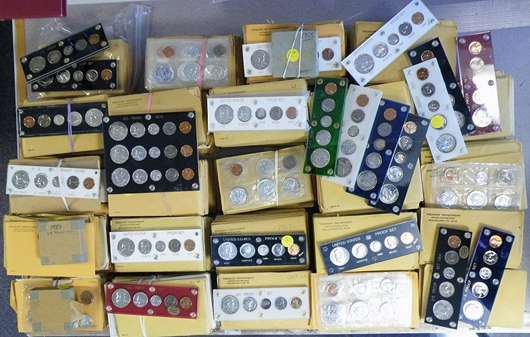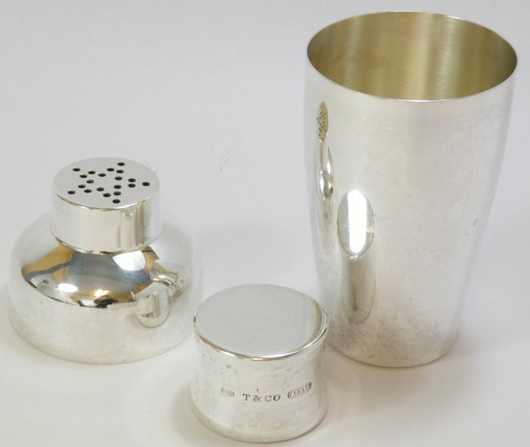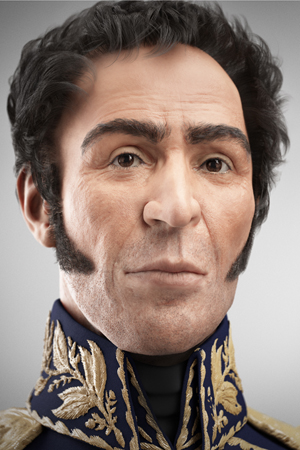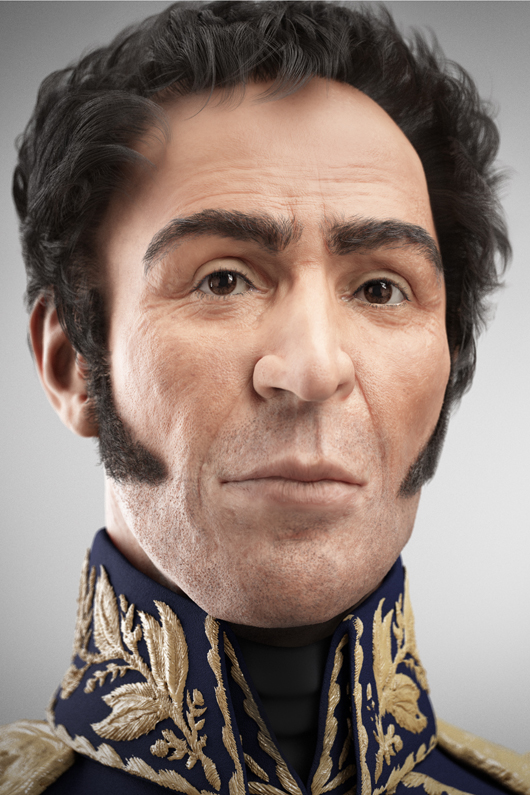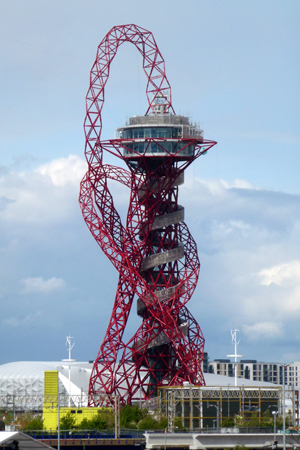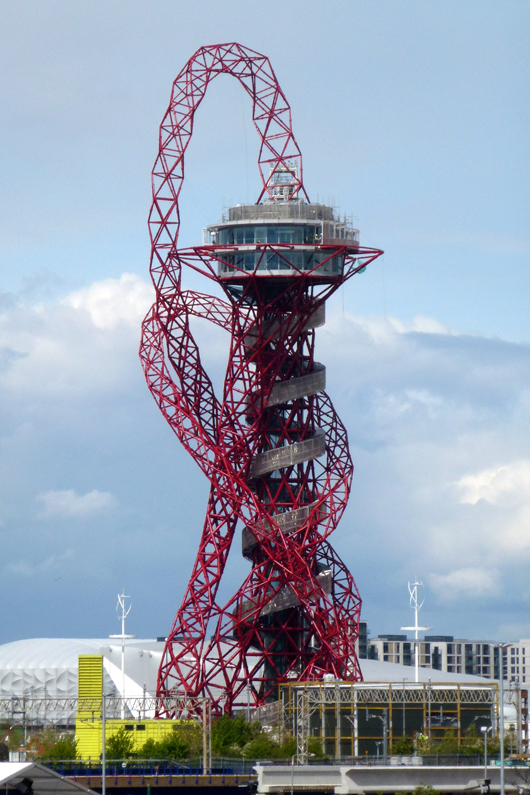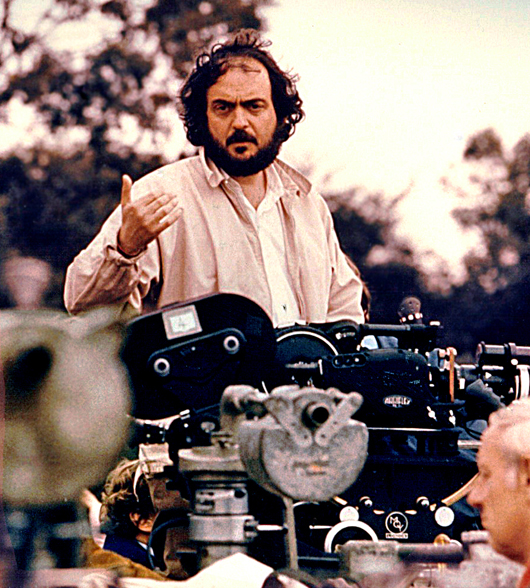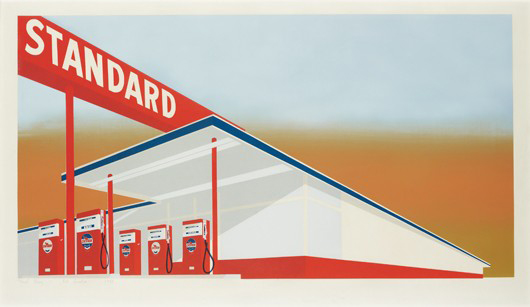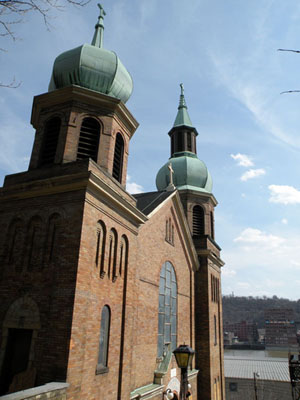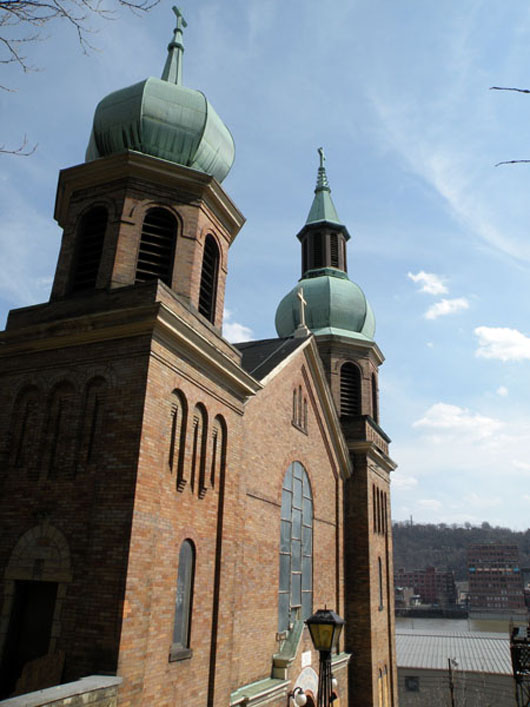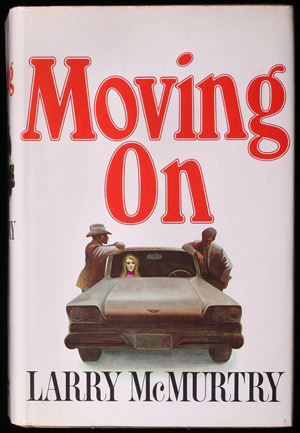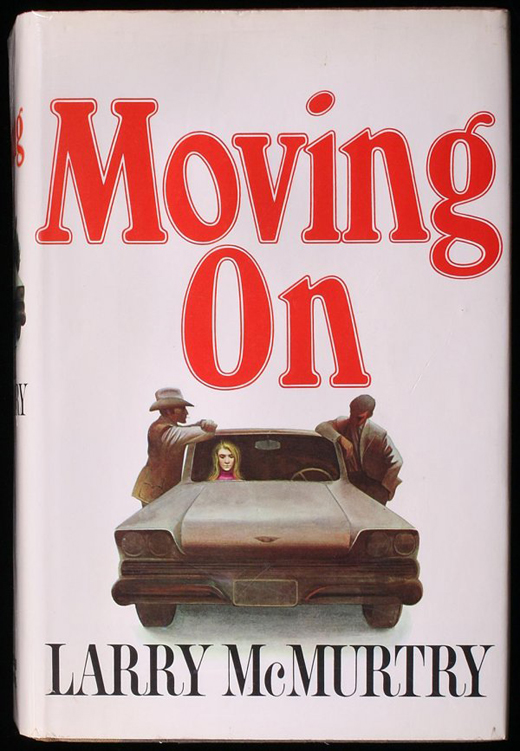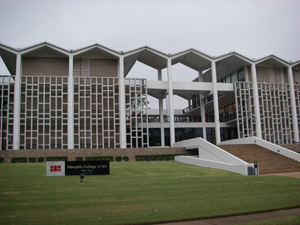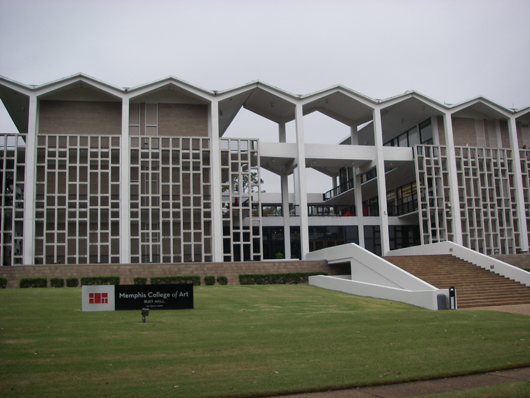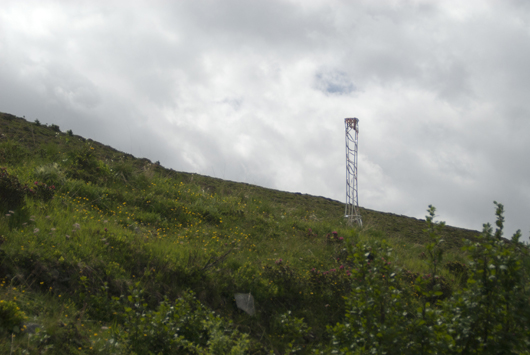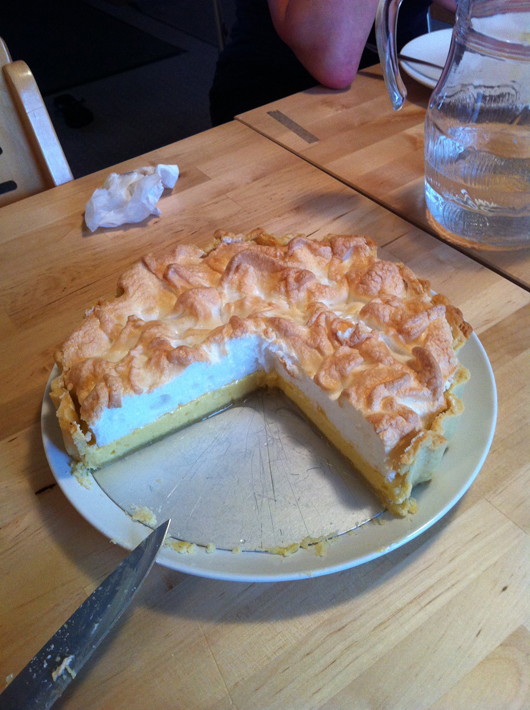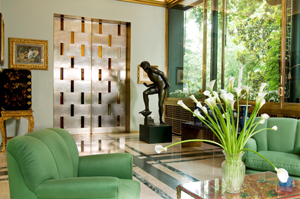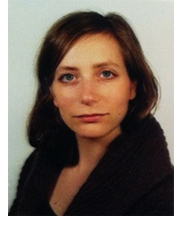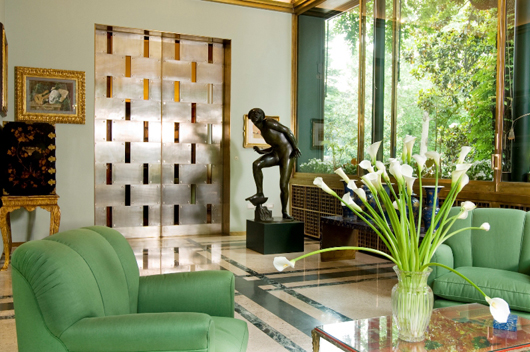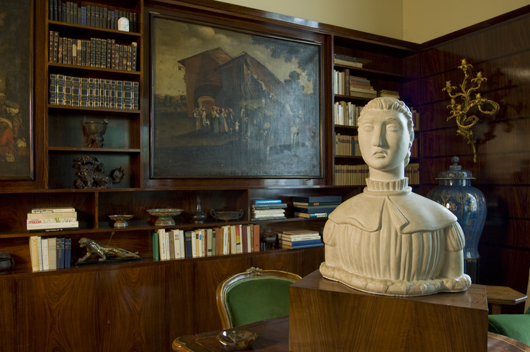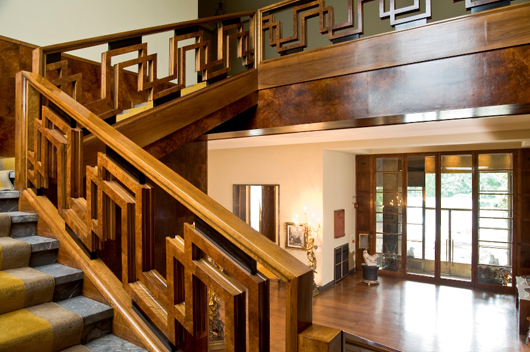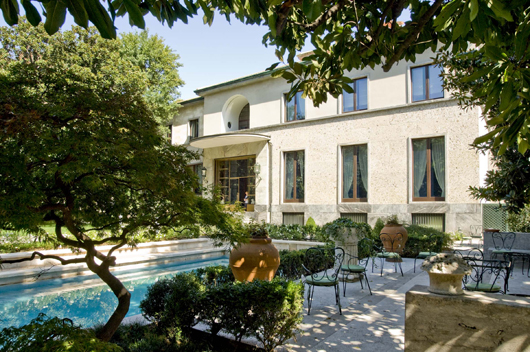
Harry Curieux Adamson (American, b. 1916), ‘Geese in Winter,’ oil on canvas laid to board. Estimate: $5,000-$10,000. Michaan’s Auctions image.
ALAMEDA, Calif. – Michaan’s Auctions will hold its August estate auction on Sunday, Aug. 5, at 10 a.m. PDT in its main gallery. LiveAuctioneers.com will provide Internet live bidding.
Jewelry includes over 130 lots featuring South Sea pearls, gemstones, certified jadeite and coral. A shakudo suite will be offered as lot 291, consisting of a brooch and pair of earrings. The set is made of shakudo plaques depicting birds in a nature setting. The pieces are set in 10k yellow gold with tassel motifs adorning the plaques, to be sold at an estimate of $1,500-1,800.
Another highlighted lot lies in an agate intaglio, 18k yellow gold fibula brooch. The pin features two agate intaglios that each depicts a male figure in libation. The brooch will be offered as lot 286 at an estimate of $300-500.
A watercolor on paper is being offered as lot 573 at an estimate of $10,000-12,000. Titled Yosemite Mountain, Au Ho-nien depicts the grand rock formation in a beautiful wash of pale blue. Purchased directly from the artist in China in 1977, it also displays an inscription to the left side and the signature “Au Ho-nien.” The painting will be offered with over 100 Asian lots including bronzes, jades, porcelains, snuff bottles and Japanese works of art.
From the estate collection of a Hollywood socialite and professional dancer comes a selection of collectible porcelain pieces. A lovely Meissen porcelain figure of a bird will be sold as lot 771 with an estimate of $1,000-1,500. Another Meissen offering is lot 747, a tray decorated with a bucolic scene of an English gent strolling with a fair maiden. A young mother tending to her child sits to the side of the pathway as well. The border of the tray is beautifully rendered in cobalt blue and gold leaf scrollwork, and offered at an estimate of $800-1,200.
Additional lots from the collection include a Herend Chanticleer pattern china service. The set is hand-painted with birds, butterflies in flight and delightful fruits (lot 745, $2,000-3,000). Also from the private collection is a Royal Copenhagen Flora Danica bowl, complete with ornate gilt metal stand (lot 742, $1,000-2,000). The bowl features a zigzag rim and leaf tendrils bearing young blooms in soft pastel tones. The highlighted lots are part of a selection that encompasses artisan pieces such as McGary Studios, Luca Madrassi, Tiffany Studios and Redmond Studio Glass.
The fine art department’s estate offerings comprise 135 lots of European and American art primarily from the 18th to 20th centuries. Prominent lots include oil paintings (Harry Curieux Adamson’s Geese in Winter, lot 065, $5,000-10,000), watercolors (Beatrice Parsons’ Blooming Landscape, lot 027, $3,000-5,000) and lithographs (Joan Miro’s Arlequin Circonscrit, 1973, lot 052, $3,000-5,000). Quality engravings, photographs, etchings, bronzes and serigraphs are also included in the estate offerings.
An August highlight is found in William Trost Richards David’s Headlands Wales (lot 071, $4,000-6,000). The oil painting was gifted to the present owner by M.J. & A.E. van Loben Sels who donated 250 works of art by W.T. Richards to the Cantor Arts Center at Stanford University in 1992. This van Loben Sels collection of Richard pieces derived from inherited works from the artist’s son. The piece’s fine provenance as well as the celebrated artist is almost certain to draw strong bidder interest.
For more information call the front desk at 510-740-0220.
ADDITIONAL LOTS OF NOTE
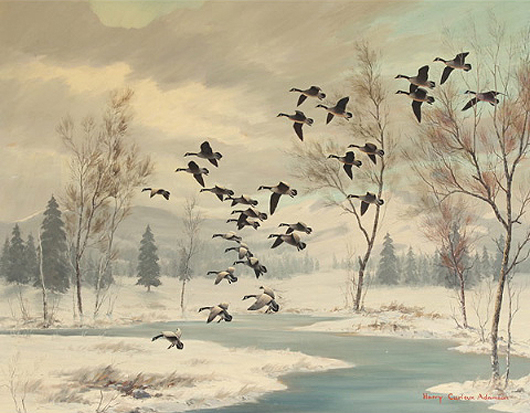
Harry Curieux Adamson (American, b. 1916), ‘Geese in Winter,’ oil on canvas laid to board. Estimate: $5,000-$10,000. Michaan’s Auctions image. 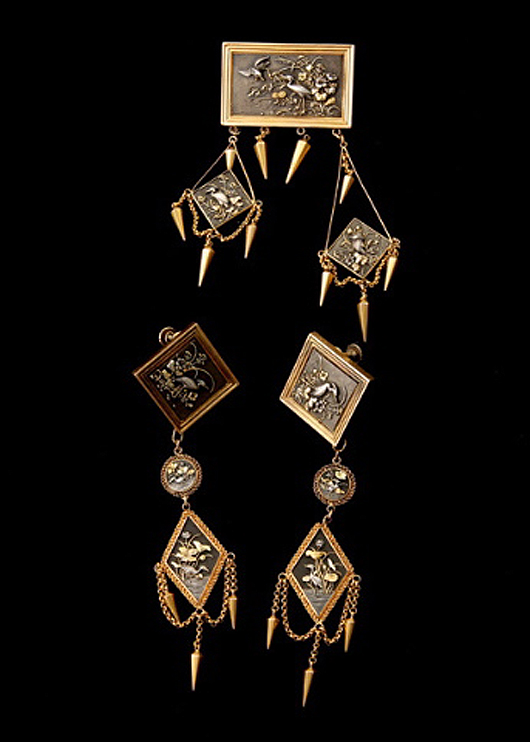
Shakudo, 10k yellow gold jewelry suite. Estimate: $1,500-$1,800. Michaan’s Auctions image. 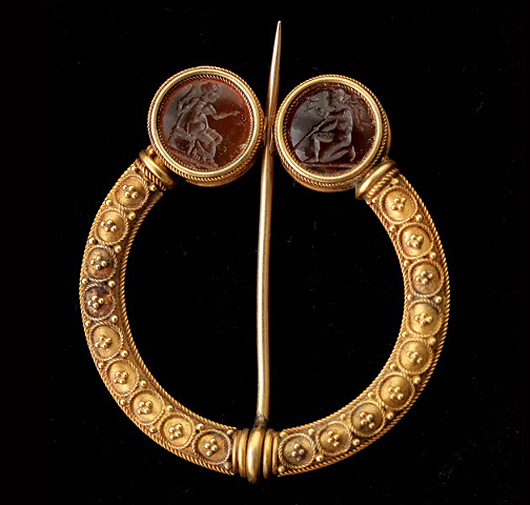
Agate intaglio 18K yellow gold fibula brooch. Estimate: $300-$500. Michaan’s Auctions image. 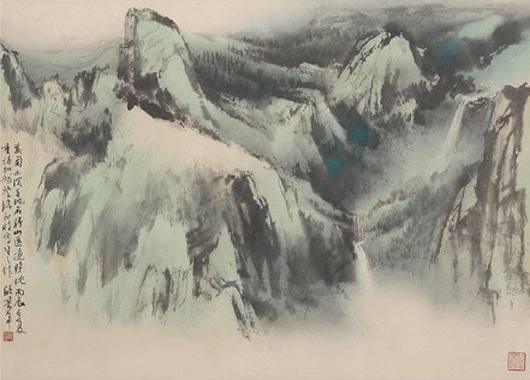
Au Jo’nien (Ou Haonian, b. 1935), ‘Yosemite Mountain,’ watercolor on paper, purchased directly from the artist in 1977 in China. Estimate: $10,000-$12,000. Michaan’s Auctions image. 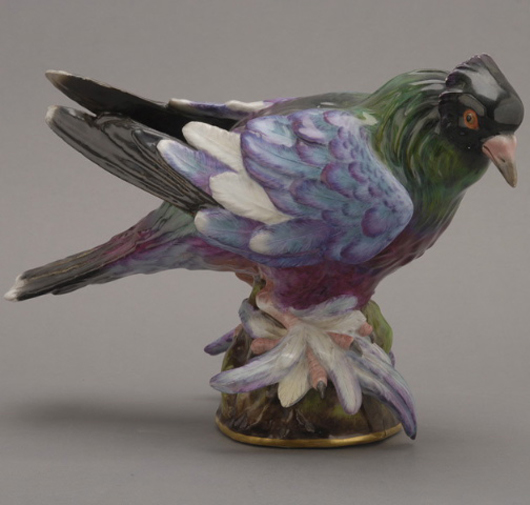
Meissen porcelain figure of a bird. Estimate: $1,000-$1,500. Michaan’s Auctions image. 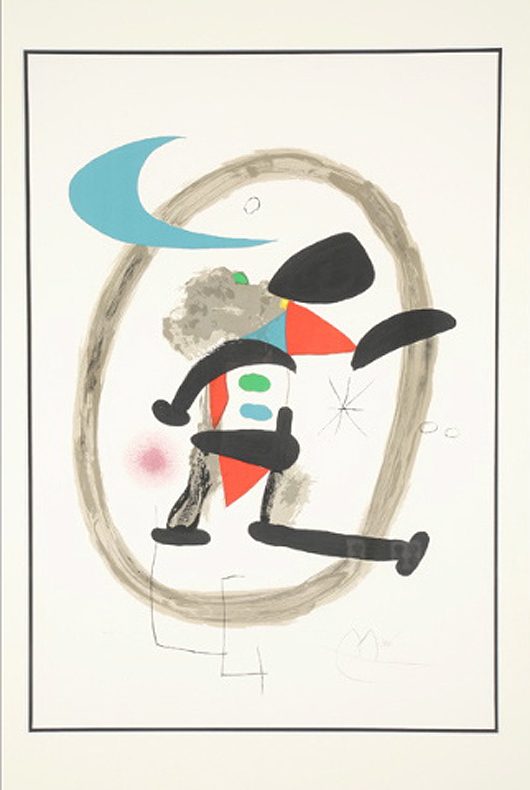
Joan Miro (Spanish, 1893-1983), ‘Arlequin Circonscrit, 1973,’ lithograph on paper. Estimate: $3,000-$5,000. Michaan’s Auctions image. 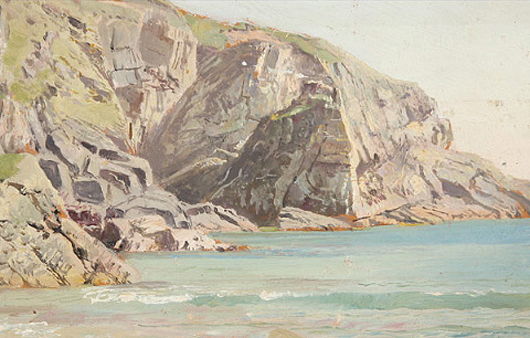
William Trost Richards (American, 1833-1905) ‘David’s Headlands Wales,’ oil on board. Estimate: $4,000-$6,000. Michaan’s Auctions image.


